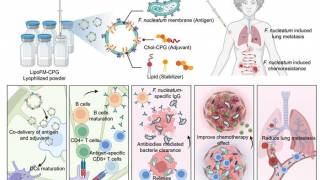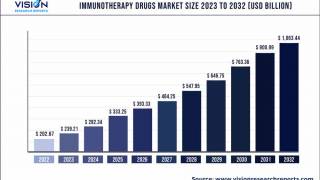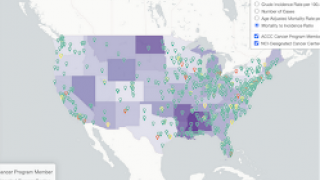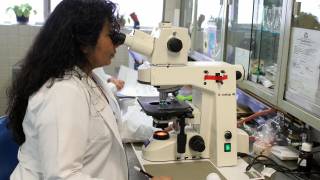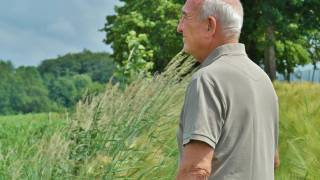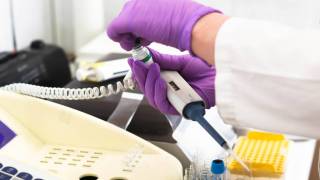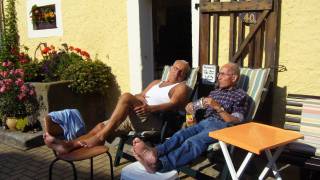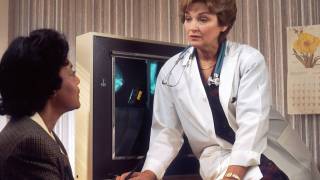HPV Vaccination Rates Are ‘Lagging’ in the USA

Despite the positive increase over the past few years, the human papillomavirus (HPV) vaccine coverage rates are reported to be ‘far behind other young adult vaccines’, according to new research.
This study offers insights from a large-scale, longitudinal data, on the trends of HPV vaccine uptake in teenagers in various states across America.
"In this cohort study containing more than 7.5 million teenagers in the USA, the HPV vaccine coverage among girls increased from 37.8 percent in 2011 to 53.6 percent in 2016," said Szu-Ta Chen, MD, Ph.D., one of the study’s authors.
Additionally, HPV vaccine coverage among young men increased from 4.8 percent to 45.1 percent by age 15.
"Despite the increase in uptake, the HPV vaccine coverage varied substantially between states and remains behind the Healthy People 2020 goal of 80 percent."
By 2016, the HPV vaccination rate was above 60 percent for 15-year-old girls and boys only in 13 and 3 states, respectively.
This study’s findings correlated with worldwide HPV vaccination trends.
In many countries where prophylactic HPV vaccination programs have been adopted, in real-world settings, reductions of vaccine-related HPV-type infections, genital warts, and cervical pre-cancers have been reported.
Moreover, various countries are seeing changes in cervical screening paradigms, as HPV-based screening programs now have strong evidence to support their use as more sensitive ways to detect underlying cervical abnormalities, when compared with conventional cervical cytology.
In the USA, the Advisory Committee on Immunization Practices (ACIP) updated its recommendations for HPV vaccination to include young men beginning at age 11 to prevent HPV cancer infections.
"As with other vaccines, patients should be vaccinated well before a potential cancer exposure. This is why it is important to give at age 11 or 12, though it can be given up to age 45,” said Michelle Beall, PharmD, Clinical Pharmacist, MTM and Immunization Specialist for Brookshire Grocery Company.
“Protect yourself and your children from HPV-related cancers. Ask your doctor or pharmacist for the HPV vaccine at your next visit,” reminded Beall.
HPV is a very common virus, about 14 million people, including teenagers, become infected with HPV each year.
Like any vaccine or medicine, HPV vaccination can cause side effects. The most common side effects are mild and include pain, redness, or swelling in the arm where the shot was given; dizziness, fainting, nausea, and headache, says the ACIP.
According to the ACIP, the benefits of HPV vaccination far outweigh any potential risk of side effects. It is important to tell the doctor, nurse or pharmacist if your child has any severe allergies, including an allergy to latex or yeast.
But, HPV vaccination is not recommended for anyone who is pregnant.
The Vaccines for Children VFC program provides vaccines for children ages 18 years and younger, who are uninsured, Medicaid-eligible, American Indian or Alaskan Native.
The Gardasil 9 vaccine is available at select clinics and pharmacies in the USA.
Dr. Chen will present these findings from "Trends in human papillomavirus vaccination uptake in girls and boys in the United States: real-world evidence from 2003 to 2016" at the Pediatric Academic Societies (PAS) Meeting. For more information, please visit here.
These study authors did not declare any conflicts of interest: Szu-Ta Chen; Krista F. Huybrechts, Brian T. Bateman, Brian, Sonia Hernandez-Diaz.
Our Trust Standards: Medical Advisory Committee



